Area & Perimeter of Rhombus Calculator
Area & Perimeter of Rhombus - work with steps
Input Data :
Length of Rhombus = 10 in
Angle = 30
Objective :
Find the perimeter of rhombus?
Formula
Area (Trigonometry) = A2 sinθ
Perimeter = 4 x Angle
Solution :
Area = 102 x sin(30)
= 100 x 0.5
Area = 50 in²
Perimeter = 4 x 30
Perimeter = 120 in
Area & Perimeter of Rhombus calculator uses side length and the measure of an angle or the lengths of diagonals of a rhombus, and calculates the perimeter and area of the rhombus. It is an online Geometry tool requires side length and measure of the angle or lengths of diagonals of a rhombus. Using this calculator, we will understand the trigonometric and diagonal method for finding the perimeter and area of a rhombus.
It is necessary to follow the next steps:
- Enter the side length and the measure of an angle or the lengths of diagonals of a rhombus in the box. The length of a segment is always positive, so the values of the lengths of sides and diagonals must be positive real numbers. Since the angle of a rhombus is more than $0$ degrees and less than $180$ degrees, this value must be in the interval $(0,180)$ degrees.
- Press the "GENERATE WORK" button to make the computation;
- Rhombus calculator will give the perimeter and area of a rhombus.
Input (Diagonal Method) :Two positive real numbers as the side length and the measure of an angle of a rhombus;
Output :Two positive real numbers as the perimeter and area of a rhombus and corresponding units after that.
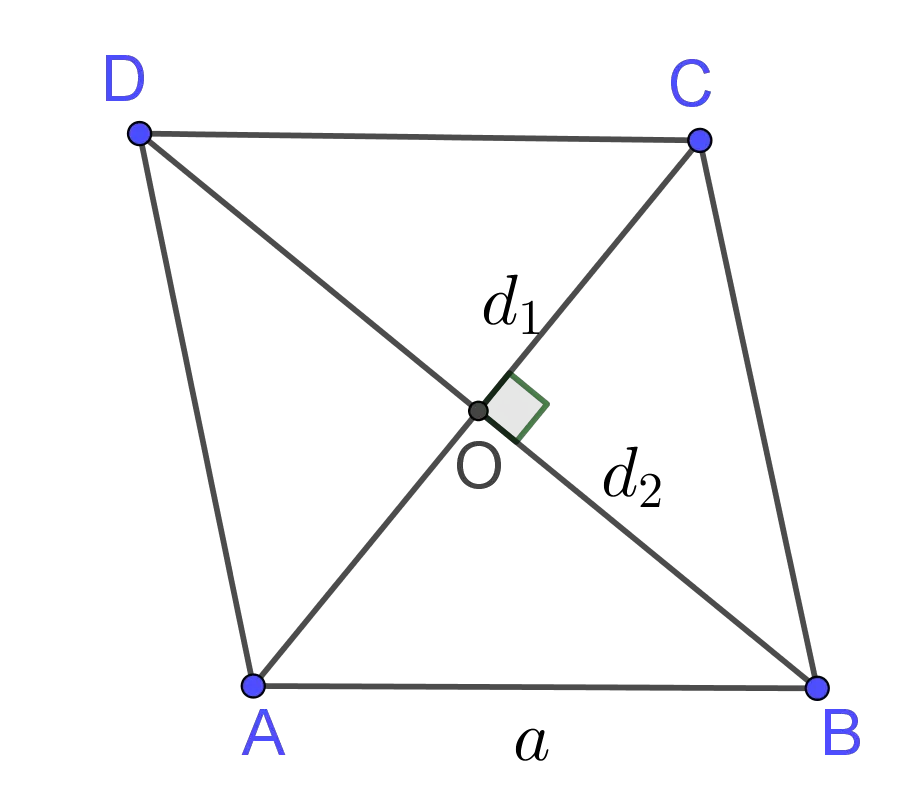
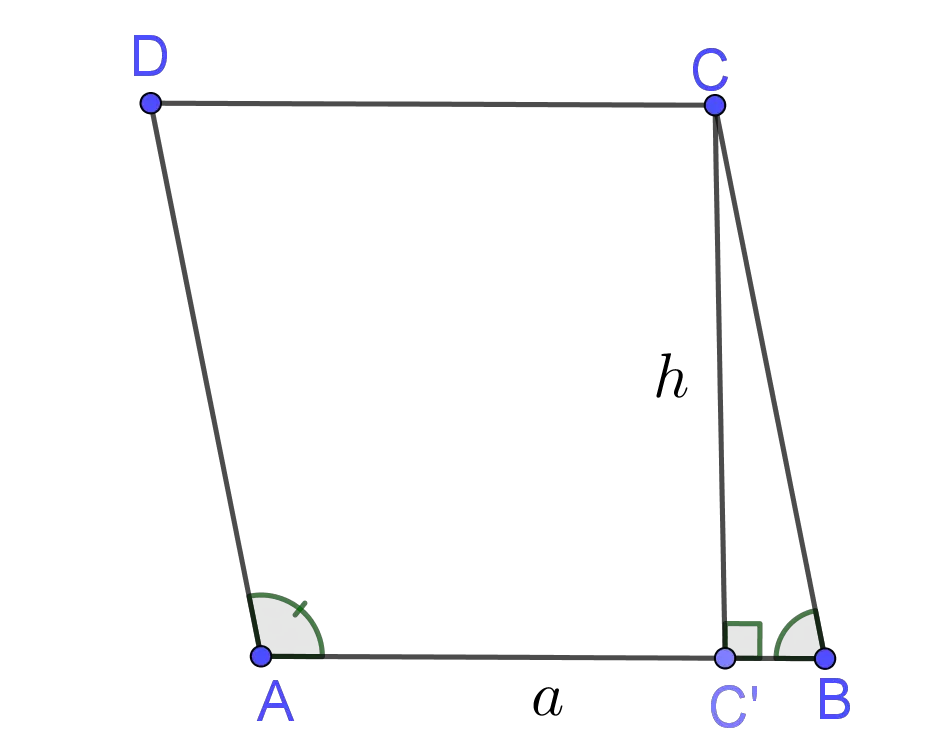
The perimeter of a rhombus is determined by the following formula
$$P=4\times a$$ where $a$ is the length of the side of the rhombus.
Area of Rhombus Formula:
The area of a rhombus is determined by the following formula
$$A=a\times h$$ where $a$ and $h$ are lengths of the side and altitude of the rhombus, respectively.
Area of Rhombus Formula:
The area of a rhombus is determined by the following formula $$A=a^2\times \sin m\angle A=a^2\times \sin m\angle B$$ where $a$ is the length of the side of the rhombus.
Area of Rhombus Formula:
The area of a rhombus is determined by the following formula $$A=\frac 12d_1\times d_2$$ where $d_1$ and $d_2$ are lengths of the diagonals of the rhombus.
What is Area & Perimeter of Rhombus?
A quadrilateral with four congruent sides is a rhombus or diamond (see the picture below). In some literature it is named equilateral quadrilateral, since all of its sides are equal in length.
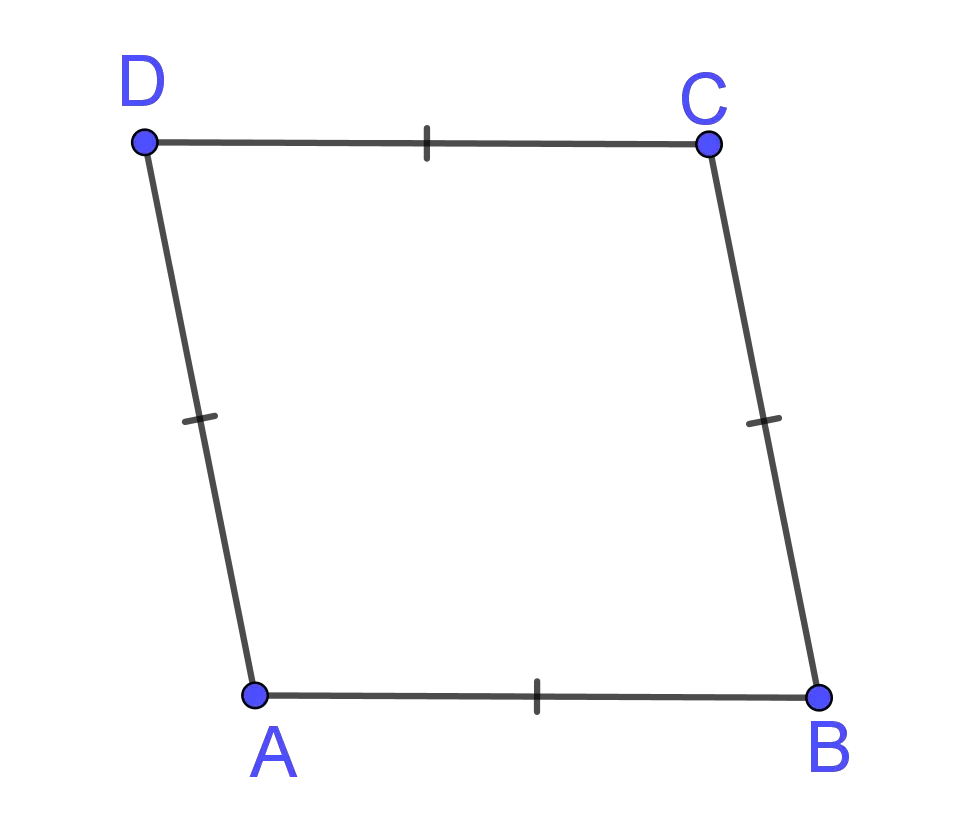
- Opposite sides of a parallelogram are congruent;
- Opposite angles of a parallelogram are congruent;
- The consecutive angles of a parallelogram are supplementary to each other;
- The diagonals of a parallelogram bisect each other
- The diagonals bisect the opposite angles of the rhombus;
- The diagonals of a rhombus are perpendicular.
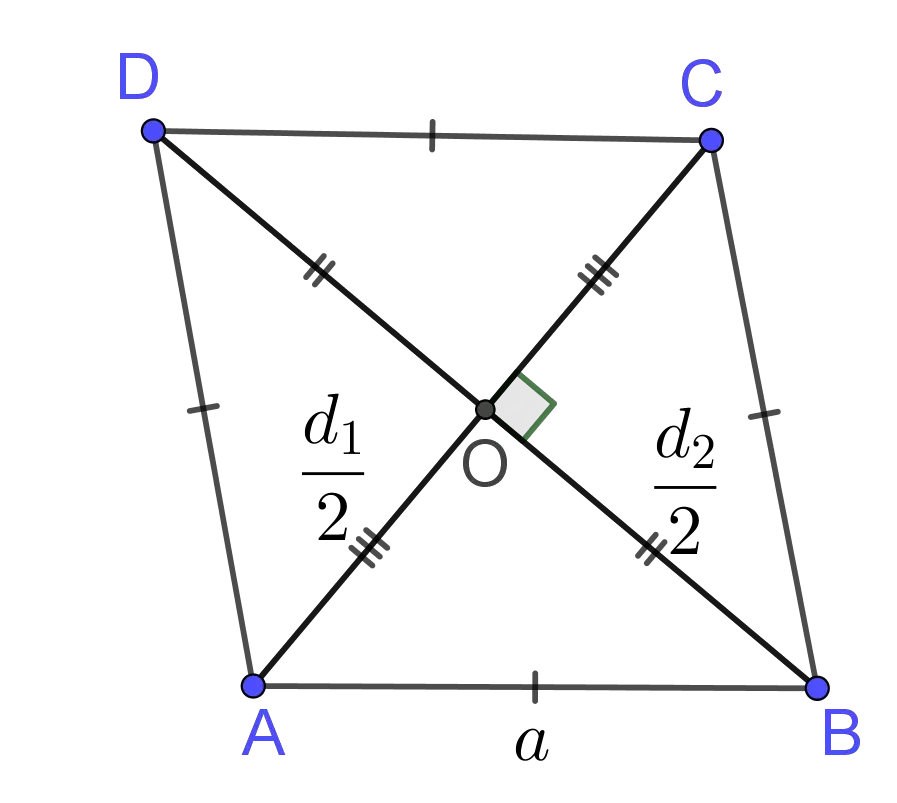
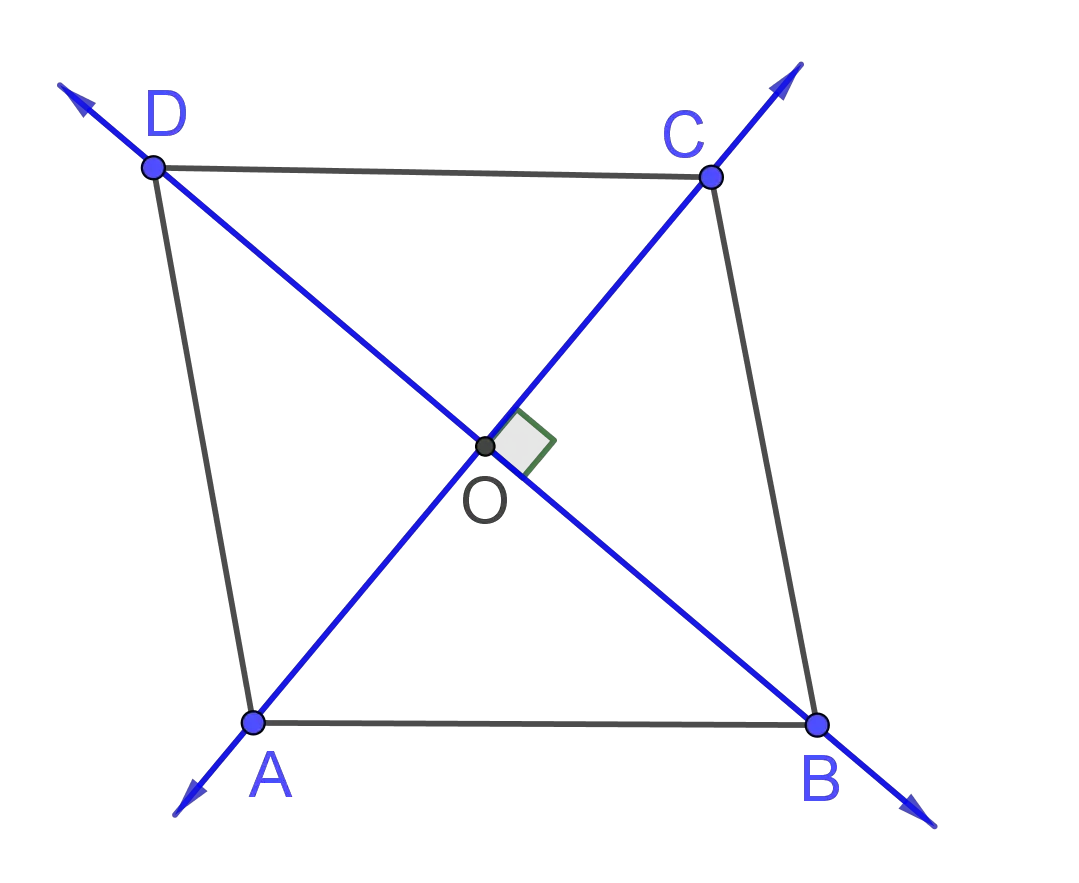
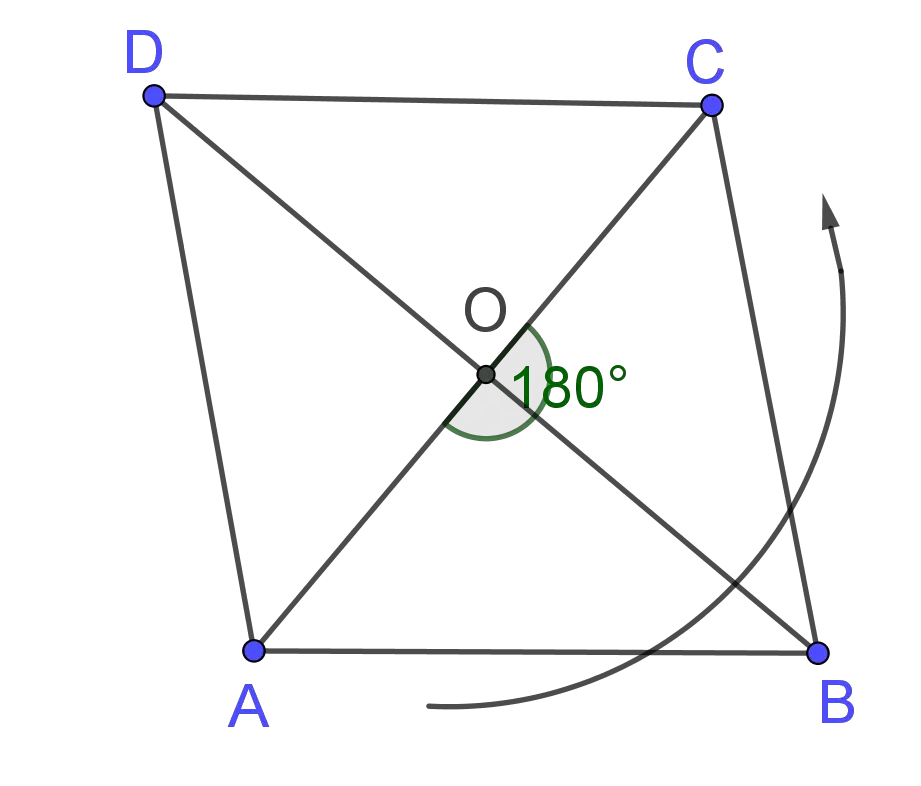
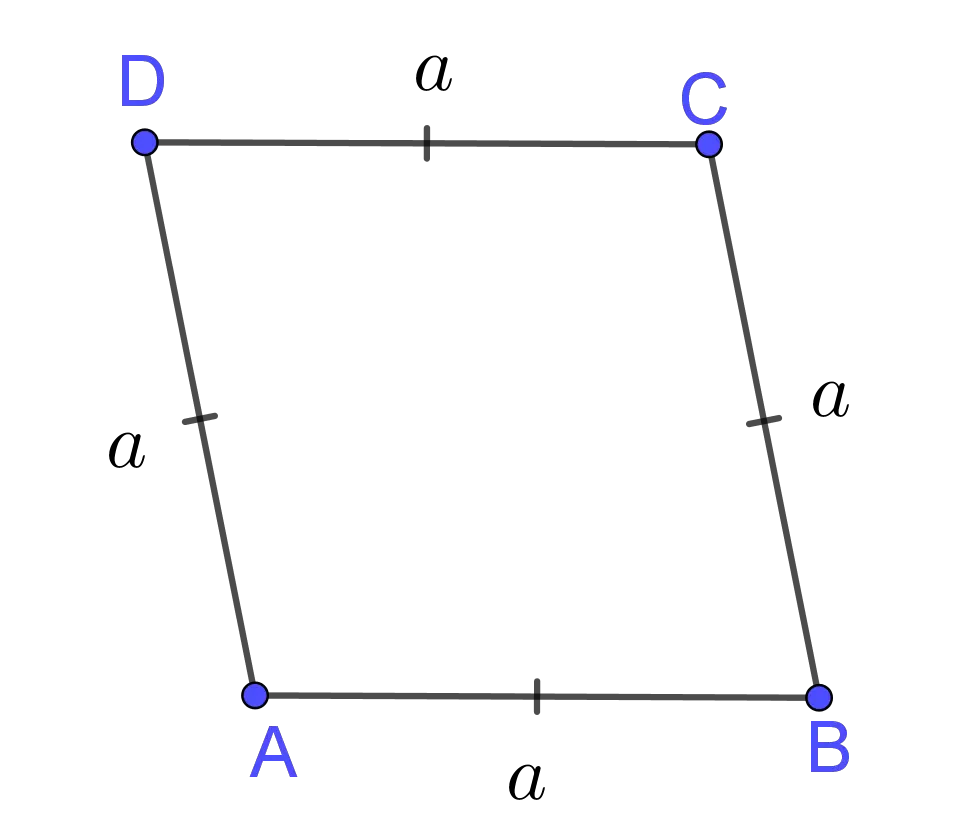
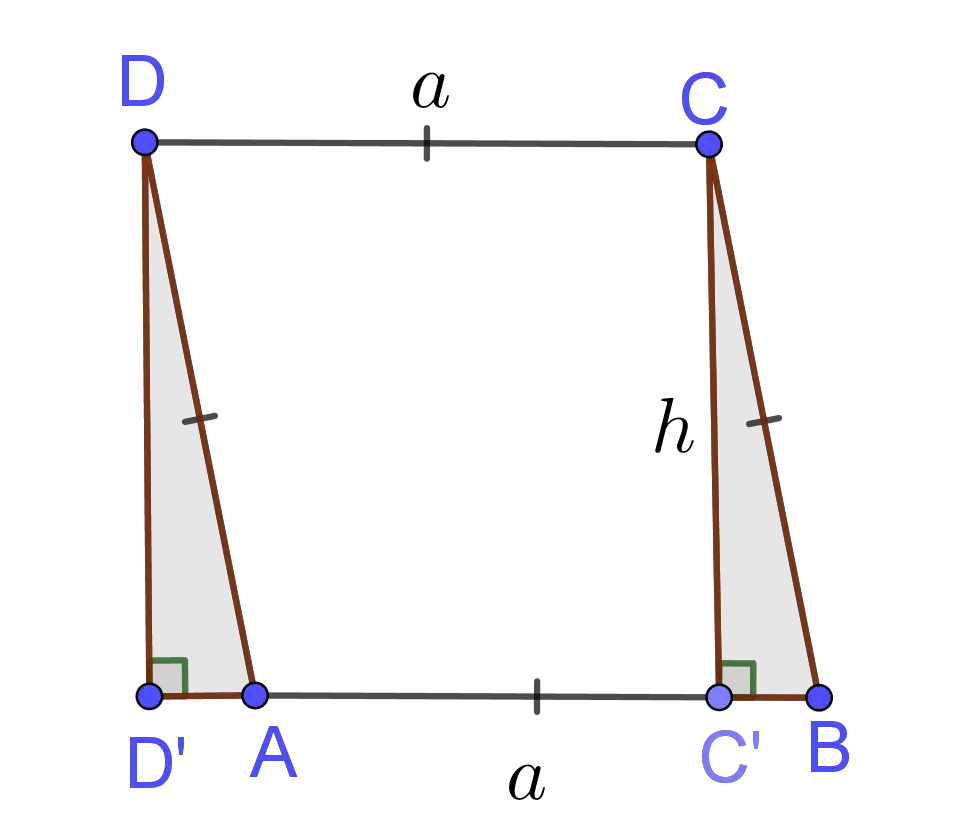

The area & perimeter of a Rhombus work with steps shows the complete step-by-step calculation for finding the perimeter and area of the rhombus with the side length of $10\;in$ and the measure of the angle of $30$ degrees using the perimeter and area formulas. For any other values for side length and measure of the angle of a rhombus, just supply two positive real numbers and click on the GENERATE WORK button. The grade school students may use this area and perimeter of a Rhombus to generate the work, verify the results of the perimeter and area of two-dimensional figures or do their homework problems efficiently.
Real World Problems Using Rhombus Metrics
Calculating areas and perimeters of various geometrical figures are very useful in mathematics as well as in real life problems.
Rhombus often appear in real life. For instance, a square box, a cracker, a kite, a diamond, a pencil eraser are examples of rhombus.
In three-dimensional geometry, problems with prism and pyramid with rhombus bases very often appear. There is another interesting solid with rhombus bases, the so-called rhombic triacontahedron. It is the thirty-faced convex polyhedron with $30$ rhombic sides.
Rhombus Practice Problems
Practice Problem 1:
A rhombus has a perimeter of $60$ centimeters and the length of one diagonal is $16$ centimeters. Find its area.
Practice Problem 2:
If base angle of a rhombus measures $60$ degrees and the length of the side of the rhombus is $10\;in$, find its perimeter and area.
The Rhombus calculator, formula, example calculation (work with steps), real world problems and practice problems would be very useful for grade school students (K-12 education) to understand the concept of perimeter and area of rhombus. This concept can be of significance in geometry, to find the perimeter and area of complex figures, as well as to find surface area and volume of some solids.

